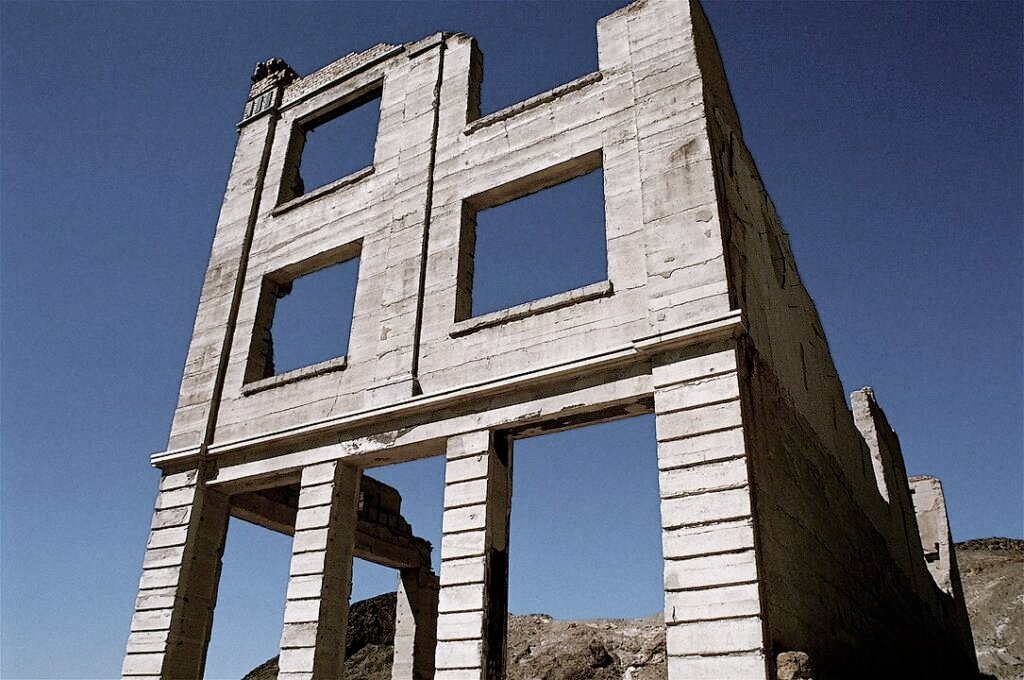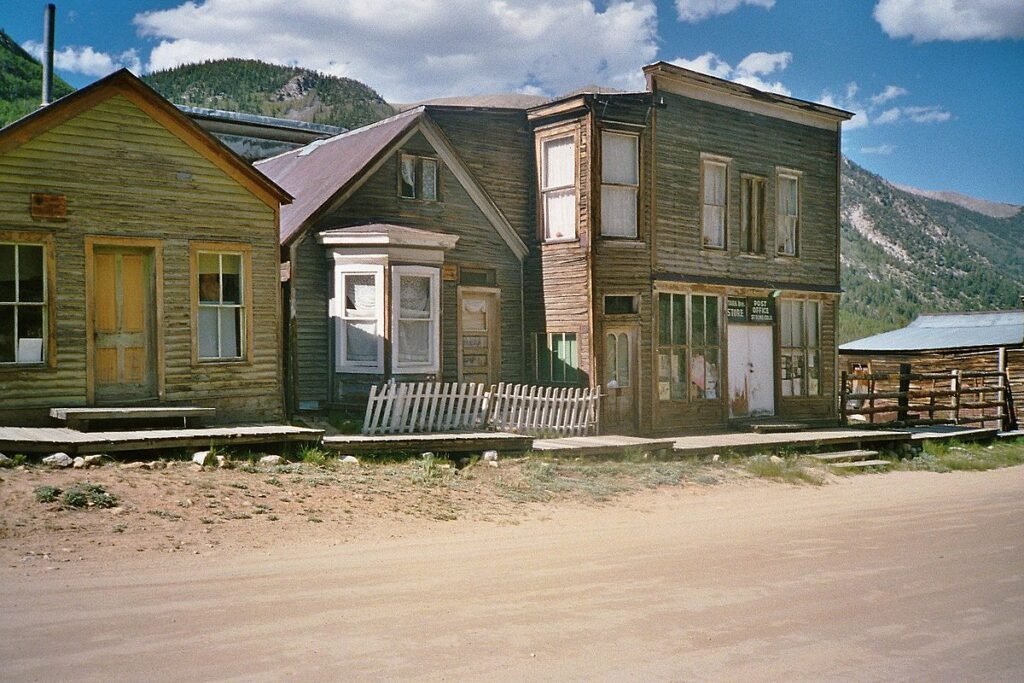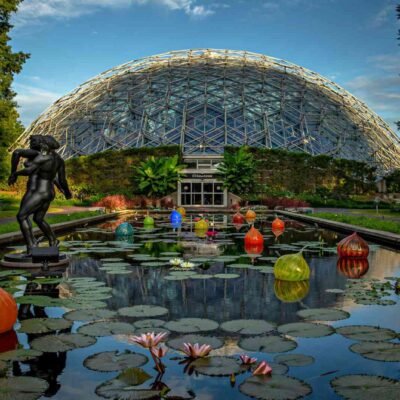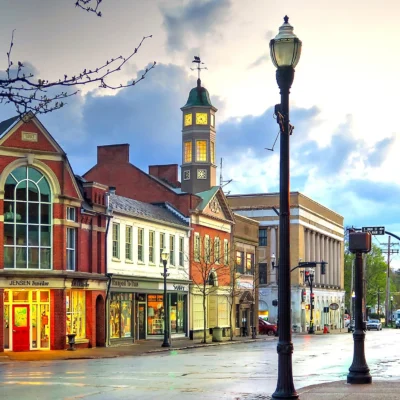America forgotten ghost towns are a unique glimpse into the past. Once full of life, these deserted places now stand silent, their streets echoing stories of gold rushes, wars, mining booms, and the rise and fall of railroads. Today, many of these ghost towns remain accessible, frozen in time and ready for visitors who want to explore America’s forgotten history.
In this article, we’ll take you through some of the most fascinating ghost towns you can still visit. Whether you’re a history lover, an adventurer, or just looking for a unique road trip destination, these towns promise an unforgettable experience.
What Are Ghost Towns?
A ghost town is a once-thriving settlement that has been abandoned, often due to economic failure, environmental disasters, or shifts in industry. In the U.S., many ghost towns popped up during the 1800s and early 1900s due to the mining boom. When the resources dried up, so did the towns.
Some towns were abandoned overnight. Others faded away slowly. What remains today are empty buildings, overgrown streets, and haunting silence—making these places a magnet for explorers and photographers.
Why Visit America’s Forgotten Ghost Towns?
- Rich History: Every ghost town tells a story of people who lived, worked, and dreamed there.
- Creepy Vibes: Abandoned buildings and forgotten items give off a spooky charm.
- Photography: These towns make perfect backdrops for atmospheric shots.
- Off-the-Grid Travel: Escape the usual tourist spots and discover hidden America.
Top America’s Forgotten Ghost Towns You Can Still Visit
1. Bodie, California – The Wild West Frozen in Time
Location: Eastern Sierra Nevada Mountains, near the Nevada border
Best Time to Visit: Summer (roads often close in winter due to snow)
Bodie is perhaps the most well-preserved ghost town in America. Once a booming gold mining town in the 1880s, Bodie had over 10,000 residents. Today, it’s a California State Historic Park with more than 100 structures still standing.
You’ll see everything from old saloons and homes to a Methodist church and the remnants of a fire station. What makes Bodie special is its state of “arrested decay”—buildings are maintained but not restored, keeping their authentic, weathered look.
Don’t Miss: The old schoolhouse, general store, and the Bodie Hotel.
2. Rhyolite, Nevada – A Modern Ruin in the Desert

Location: Near Death Valley National Park
Best Time to Visit: Fall or Spring (summers are extremely hot)
Founded in 1905 during a gold rush, Rhyolite grew rapidly, with electric lights, a stock exchange, and even a train station. But by 1920, it was already abandoned. Today, what’s left are ruins of stone buildings, an eerie bottle house, and a few public art installations.
Rhyolite is popular among photographers and is often featured in films and music videos for its apocalyptic look.
Don’t Miss: The Cook Bank Building ruins and the Goldwell Open Air Museum.
3. Terlingua, Texas – A Desert Ghost Town With Life Left
Location: Near Big Bend National Park
Best Time to Visit: Fall and Winter
Terlingua was once a thriving mercury mining town. When the mines closed in the 1940s, it was abandoned. But over the years, artists and adventurers moved in, giving the town a quirky second life. Now, it’s part ghost town, part living community.
Visitors can explore crumbling buildings, the old cemetery, and even enjoy a meal at the Starlight Theatre, a popular bar and restaurant.
Don’t Miss: The Day of the Dead celebration and the annual chili cook-off.
4. St. Elmo, Colorado – Ghost Town in the Rockies

Location: Chaffee County, Colorado
Best Time to Visit: Summer to Early Fall
Surrounded by forested mountains, St. Elmo is one of Colorado’s best-preserved ghost towns. It thrived during the silver and gold mining boom of the 1880s but was mostly abandoned by the 1920s.
Today, around 40 original buildings remain, including a general store and a town hall. You can walk along the wooden sidewalks and feel like you’ve stepped into a Western film.
Don’t Miss: The chipmunks around the general store—they’re famously friendly.
5. Kennecott, Alaska – A Remote Gem
Location: Wrangell-St. Elias National Park
Best Time to Visit: Summer (limited access in other seasons)
Kennecott was once a bustling copper mining camp in the early 1900s. Located deep in Alaska’s wilderness, it was abandoned by 1938 but remains remarkably well-preserved. The massive red mill building, perched against the snowy backdrop, is a stunning sight.
Today, it’s part of a national park, and guided tours are available. Getting there requires a bit of effort, but the rewards are unforgettable.
Don’t Miss: The guided tour of the 14-story mill building.
6. Garnet, Montana – A Peaceful Ghost Town in the Pines

Location: Near Missoula, Montana
Best Time to Visit: Late Spring to Early Fall
Hidden in the forest, Garnet is one of Montana’s best-preserved ghost towns. It boomed in the late 1800s during the gold rush and was home to around 1,000 people. Fires and the collapse of the mining industry led to its desertion.
Today, about 30 buildings still stand, including saloons, hotels, and cabins. Managed by the Bureau of Land Management, Garnet offers a peaceful, less-crowded ghost town experience.
Don’t Miss: Snowshoe tours in the winter (cabins are available for overnight stays!).
7. Thurmond, West Virginia – The Railroad Town That Time Forgot
Location: New River Gorge National Park
Best Time to Visit: Spring through Fall
Thurmond was once a busy coal town with a population that peaked in the 1920s. But as the coal industry declined, so did Thurmond. The post office finally closed in 1995.
Now managed by the National Park Service, you can visit the old train depot, bank, and general store. The town has a quiet, almost eerie charm, surrounded by forested hills.
Don’t Miss: Catch a train still running on the tracks—it’s one of the few ghost towns where Amtrak still stops!
8. Calico, California – A Recreated Ghost Town
Location: San Bernardino County, California
Best Time to Visit: Year-round (though summers can be hot)
Calico is a unique ghost town because it’s been partially rebuilt. Once a silver mining town in the 1880s, it was later bought by Walter Knott (of Knott’s Berry Farm) and restored as a tourist attraction.
While some buildings are replicas, others are original. It’s more commercial than other ghost towns, but great for families and those wanting a taste of the Old West.
Don’t Miss: The mine tour and weekend reenactments.
Tips for Visiting America’s Forgotten Ghost Towns
- Do Your Research: Some ghost towns are remote or seasonal—always check access and weather.
- Respect the Site: Don’t take souvenirs or damage property. Leave things as you found them.
- Bring Water and Snacks: Many ghost towns are far from the nearest store.
- Watch for Wildlife: Especially in places like Alaska or the desert, you may encounter wild animals.
- Capture the Moment: Ghost towns are a paradise for photographers—bring a camera or smartphone.
Final Thoughts: A Window Into America’s Past
America’s forgotten ghost towns are more than just abandoned places. They are pieces of living history—reminders of booms, busts, dreams, and hardships. Whether you’re wandering through the dusty streets of Bodie or standing in the shadows of Kennecott’s giant mill, you’ll feel a deep connection to a different time.
Exploring these ghost towns isn’t just about the photos or the adventure—it’s about remembering the people who once called these places home. So pack your bags, plan your route, and step into the past before these echoes of history vanish for good.
Do Follow On USA Glory.
Read Next – Best Hidden Gardens and Arboretums in the USA






